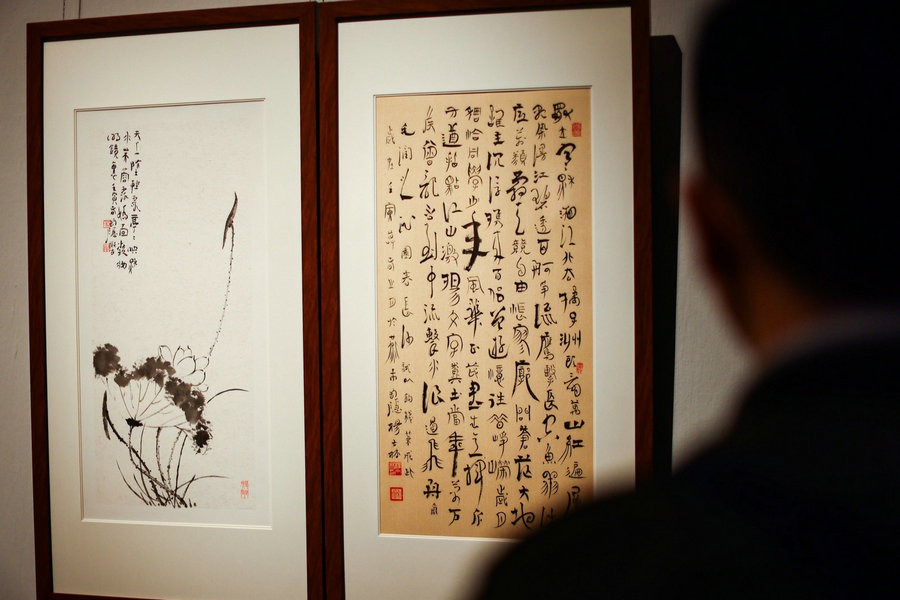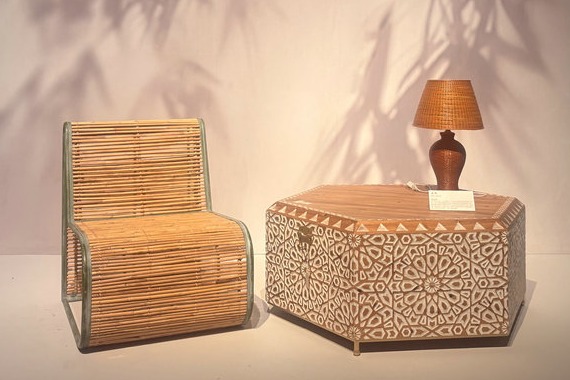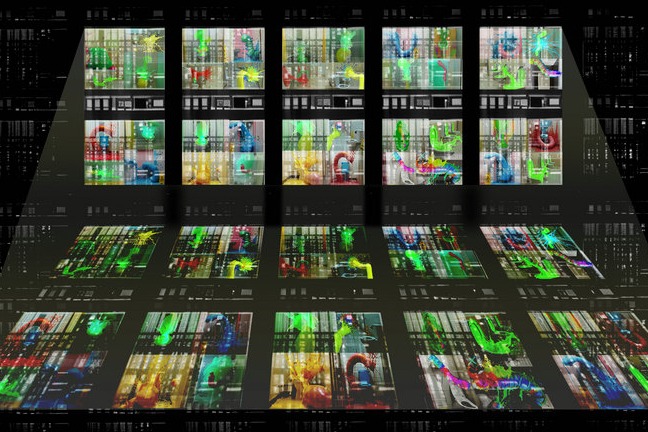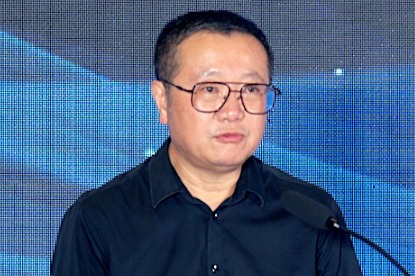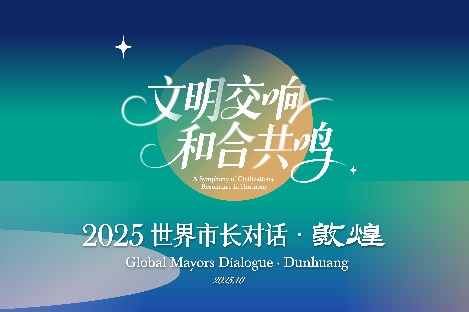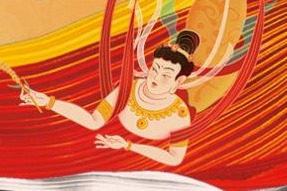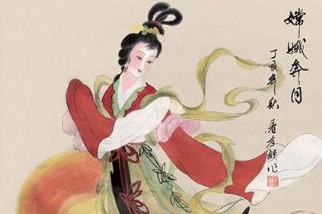Pingtan brings a breath of Jiangnan traditional storytelling to New York

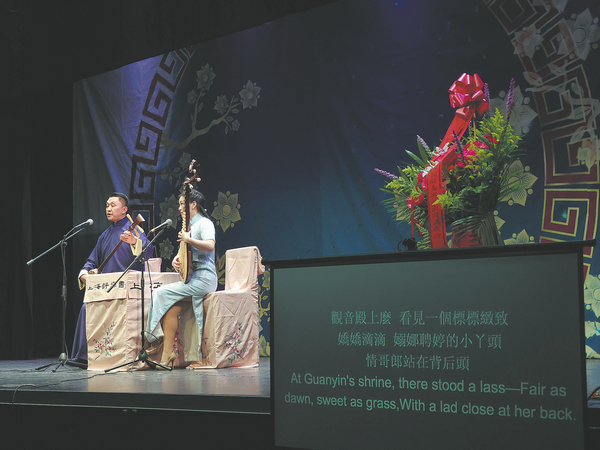
"The exhibition is special because it's not just about performances," Gao says.
"We've worked with local communities to create a historical showcase of pingtan, highlighting the founding artists of the Shanghai troupe, our predecessors, and how the art has developed with new productions and emerging talent.
"It presents over 70 years of history through images. I believe that after seeing it, visitors will gain a deeper understanding of pingtan, and of Shanghai's broader cultural legacy. It is more than just watching a performance. This is something truly meaningful."
Though pingtan was known as a popular pastime for the elderly, it has now become part of traditional lifestyle in Jiangnan, and Gao hopes to present it on a variety of stages to attract a wider audience. The troupe has made modifications to help the US audiences better understand the art form.
"Through our performances, we hope to offer audiences curious about and appreciative of traditional Chinese arts a direct and authentic experience," he says.
The performances are also aimed at overseas Chinese from the Yangtze River Delta region, who feel a deep emotional connection to the familiar dialects and melodies.
"We hope these performances will help them stay connected to their cultural roots. This is a tradition that continues to grow and evolve with each generation," Gao adds.
For the performance at the Flushing Town Hall, the team provided English subtitles.
"My ears were happy to hear it," says Brooklyn resident John Riess. "I've never attended anything like it. It was wonderful … the whole ambience and the gestures."
Shang Jiemin, the organizer of the event and president of the American Chinese Art & Culture Center, calls pingtan, Yueju Opera and Huaji Opera "cultural treasures from the Jiangsu and Zhejiang regions that are beloved by overseas Chinese communities".
"With its soft dialect and delicate expression, pingtan captures the poetic charm of our hometown," he says.
"We hope more regionally distinctive cultural programs will reach more global audiences and serve as bridges for cultural exchange."



















